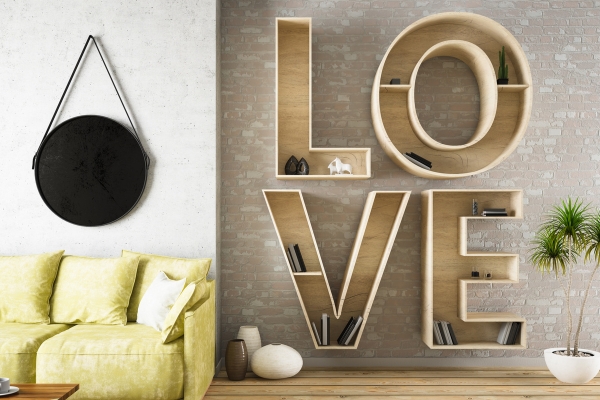Crafting a bookshelf is a rewarding and practical project that adds both functionality and aesthetic appeal to your home. Whether you’re an experienced woodworker or a beginner looking to develop your DIY skills, learning how to craft a bookshelf can be a fulfilling endeavor. This guide will walk you through the step-by-step process, from selecting the right materials and tools to assembling and finishing your book shelf. With careful planning and attention to detail, you can create a custom piece that perfectly fits your space and style. Dive into this project and discover the satisfaction of building your own furniture while adding a personal touch to your home decor.
Step-By-Step Instructions
1. Planning and Design
The first step in crafting a bookshelf is meticulous planning and design. Before you start, decide on the size, shape, and style of your book shelf to ensure it fits perfectly in your designated space. Measure the area where the bookshelf will be placed and sketch a detailed design, considering the number of shelves and their spacing. Choose the type of wood that best suits your aesthetic and durability requirements. Planning and design are crucial for avoiding mistakes and ensuring that the final product is both functional and visually appealing.
2. Cutting the Wood
Once your design is finalized, it’s time to cut the wood to the required dimensions. Use high-quality plywood or solid wood for the shelves and sides, and a saw to make precise cuts according to your measurements. Sand the edges to smooth out any roughness and ensure a clean finish. Cutting the wood accurately is essential for the stability and alignment of your bookshelf. Always double-check your measurements before making any cuts to avoid wastage and ensure each piece fits perfectly during assembly.
3. Assembling the Frame
With all your pieces cut and prepped, you can begin assembling the frame of your book shelf. Start by constructing the sides and the base, using wood glue and screws to secure the joints. Ensure the frame is square by measuring the diagonals; they should be equal. Attach the top piece and then add the shelves, making sure they are evenly spaced and level. Clamps can be useful to hold pieces together as the glue dries. Assembling the frame correctly is crucial for the bookshelf’s structural integrity and overall appearance.
4. Installing the Shelves
Once the frame is assembled, the next step is installing the shelves. Measure and mark the positions of the shelf supports on the inside of the frame. Use a level to ensure that the shelves will be perfectly horizontal. Attach the supports using wood glue and screws, then place the shelves on top of the supports. If your design includes adjustable shelves, install shelf pins or brackets at your desired heights. Proper installation of the shelves ensures that they can hold the weight of your books and other items without sagging or instability.
5. Finishing Touches
With the shelves in place, it’s time to add the finishing touches to your bookshelf. Fill any gaps or screw holes with wood filler, then sand the entire piece to a smooth finish. Apply a coat of primer if you plan to paint your book shelf, or stain and seal the wood to enhance its natural beauty and protect it from damage. Consider adding decorative molding or trim to give your bookshelf a polished, professional look. Finishing touches not only improve the appearance of your book shelf but also increase its durability.
6. Securing the Bookshelf
Attaching the bookshelf to the wall is a critical safety measure, especially if the unit is tall or will hold heavy items. To secure your book shelf, find the wall studs using a stud finder and mark their locations. Drill pilot holes through the back of the bookshelf into the studs. Use sturdy screws to fasten the book shelf to the wall, ensuring it is firmly anchored. For additional security, consider using L-brackets at the top corners. Securing the book shelf not only prevents tipping but also adds stability to the entire structure, ensuring it remains safe and functional for years to come.
What Type of Wood Should I Use for My Bookshelf?
The type of wood you choose for your book shelf depends on your budget, aesthetic preferences, and the weight of the items you plan to store. Hardwood options like oak, maple, and walnut are durable and offer a classic look but can be more expensive. Softwoods like pine and fir are more affordable and easier to work with but may not be as sturdy for heavy loads. Plywood is a versatile and cost-effective choice that provides good strength and stability. Consider the finish you desire and the overall design of your space when selecting the wood for Make A bookshelf.
Conclusion
Crafting a bookshelf is a fulfilling project that combines functionality and creativity. By following these step-by-step instructions—from planning and design to securing the final piece—you can build a custom bookshelf that enhances your space and meets your specific needs. Choosing the right type of wood, paying attention to detail during assembly, and adding personal touches will result in a beautiful and durable piece of furniture. Whether for a home library, office, or living room, a handmade book shelf is a testament to your craftsmanship and style.
